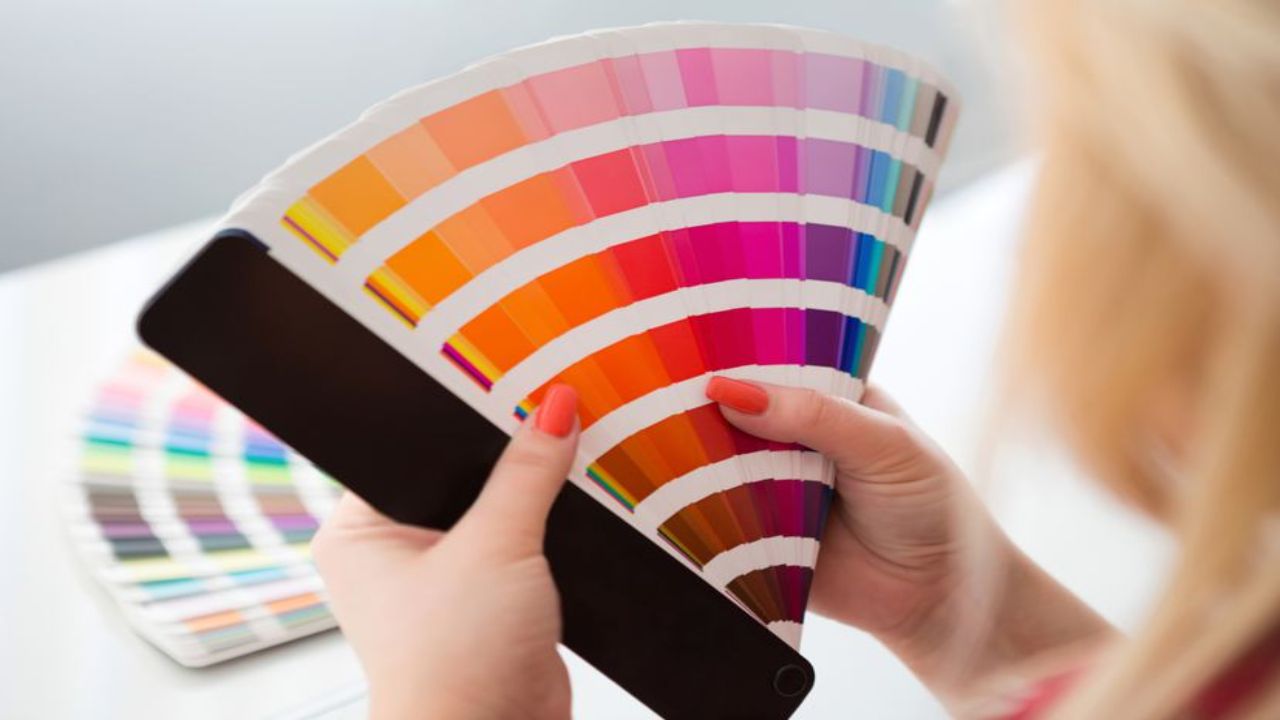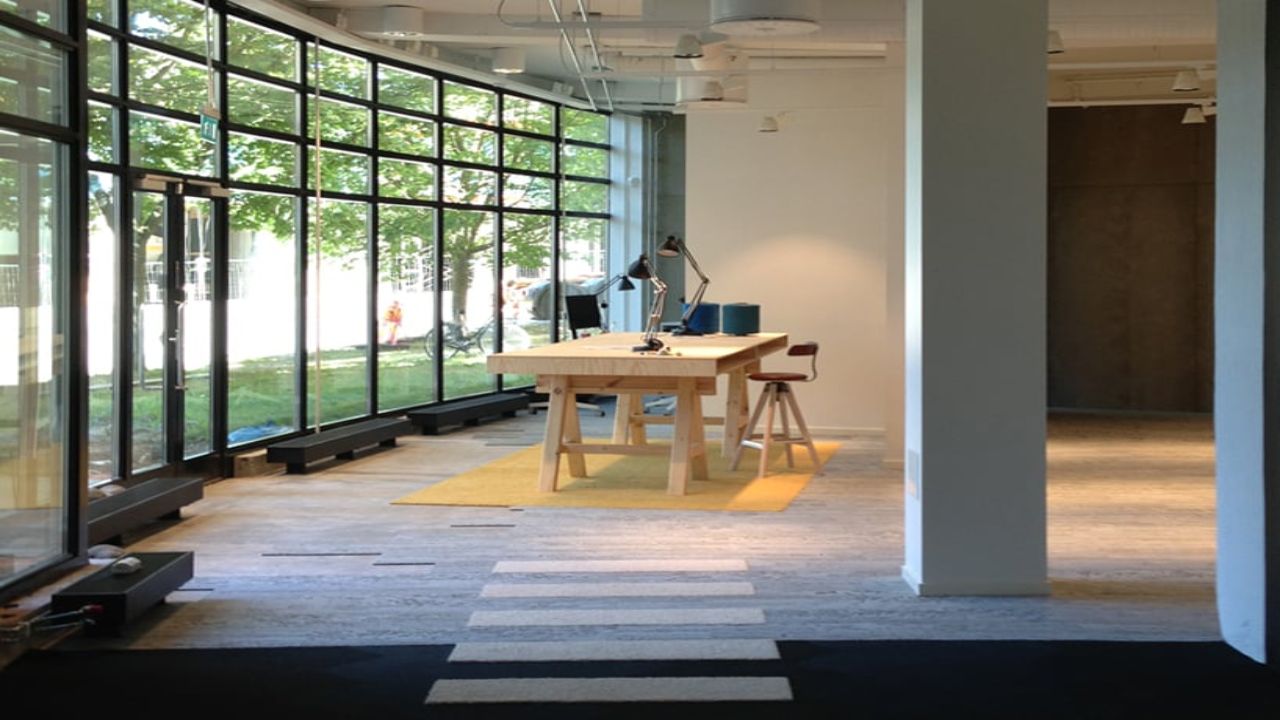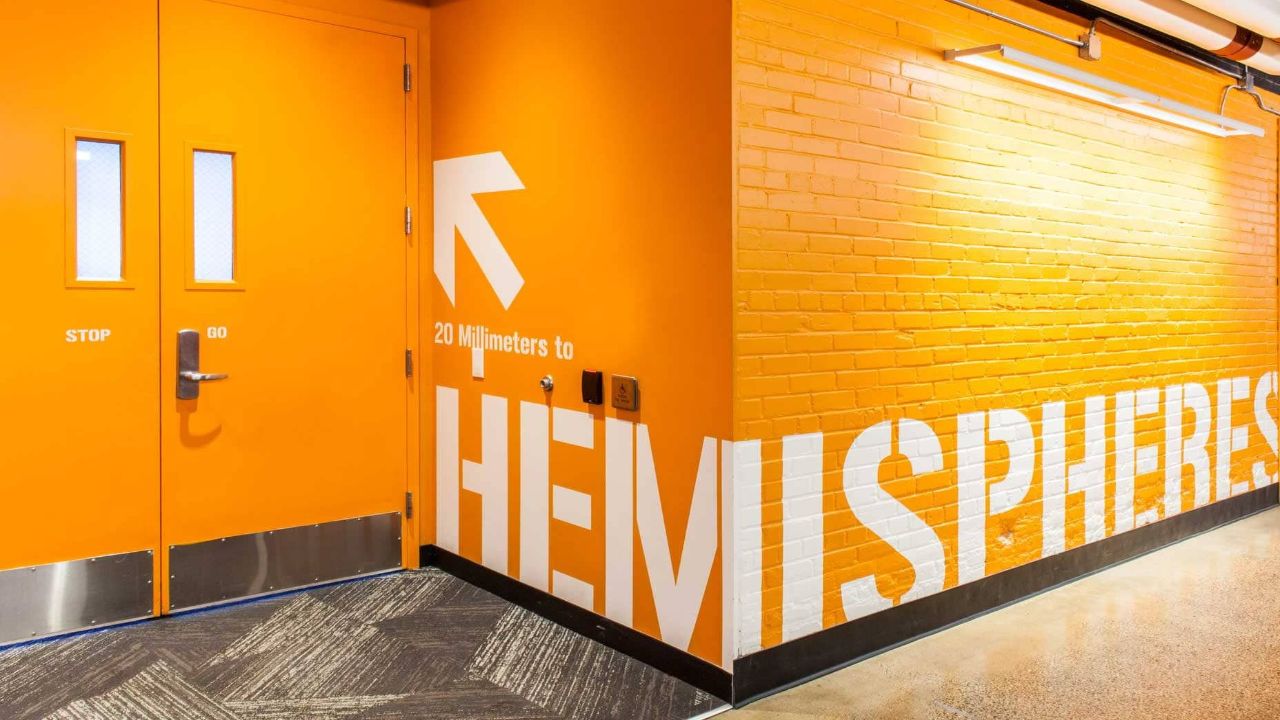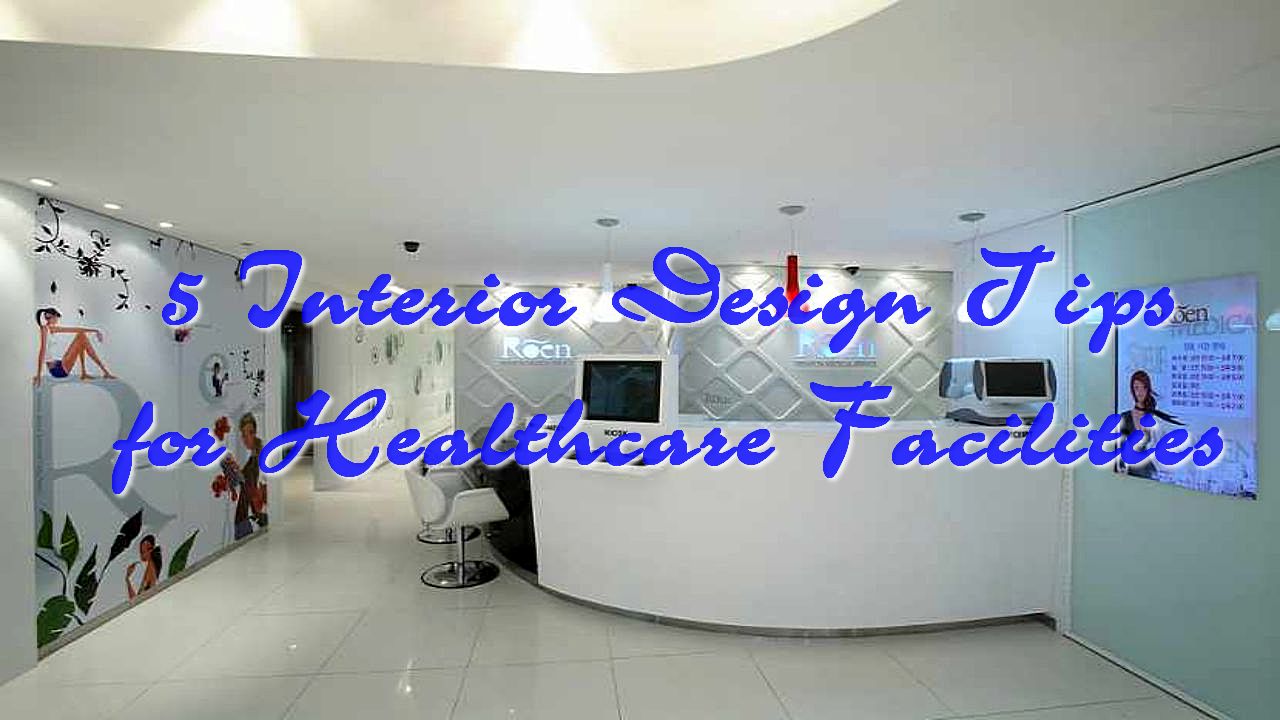Creating a healing and comforting environment within healthcare facilities is essential for the well-being of patients and staff alike. The design of these spaces plays a crucial role in fostering a positive atmosphere that aids in the recovery process. Here are five practical interior design tips to enhance the ambiance of healthcare facilities.
Color Psychology Matters

When it comes to interior design for healthcare facilities, the choice of colors is more than just an aesthetic decision. Colors have a profound impact on emotions and can significantly influence the mood of both patients and healthcare professionals. Soft, calming colors such as blues and greens are known to evoke a sense of tranquility and promote a healing atmosphere. Avoid overly bright or harsh colors that may cause stress, whether it’s a general medical facility or a specialized botox clinic in Singapore. Integrate these soothing tones in wall paint, furniture, and decor to create a serene environment that contributes to a positive experience for all.
Functional and Comfortable Furniture
Selecting appropriate furniture is a critical aspect of healthcare facility design. Opt for pieces that are not only aesthetically pleasing but also functional and comfortable. Consider the needs of patients, ensuring that furniture provides support and easy access. Ergonomic chairs in waiting areas, adjustable beds in patient rooms, and accessible seating throughout the facility enhance the overall experience. Comfortable furniture not only aids in relaxation but also contributes to the overall sense of well-being for both patients and healthcare providers.
Natural Light and Biophilic Design

Incorporating natural elements into the design of healthcare facilities has been shown to have positive effects on well-being. Maximize the use of natural light by incorporating large windows and skylights where possible. Exposure to natural light has been linked to improved mood, better sleep, and faster recovery times. Additionally, embrace biophilic design principles by incorporating elements such as indoor plants and nature-inspired artwork. These elements connect patients with the outdoors, promoting a sense of calm and reducing stress.
Thoughtful Wayfinding

Navigating through a healthcare facility can be overwhelming, especially for patients and their families. Implementing a thoughtful and intuitive wayfinding system is crucial to alleviate stress and confusion. Clear signage, strategically placed throughout the facility, helps individuals find their way easily. Use legible fonts, contrasting colors, and pictograms to convey information effectively. Additionally, consider incorporating landmarks or focal points at key locations to serve as visual cues, aiding in orientation and creating a more user-friendly environment.
Maintain Cleanliness and Infection Control
In healthcare settings, cleanliness is not just a matter of aesthetics but a fundamental aspect of patient safety. Implementing design elements that facilitate easy cleaning and infection control is essential. Choose materials that are durable and easy to sanitize, such as smooth surfaces and non-porous materials. Minimize clutter and choose furniture with simple designs to prevent the accumulation of dust and germs. Regular maintenance and a well-thought-out cleaning schedule are imperative to create a safe and hygienic environment for everyone within the healthcare facility.
In conclusion, thoughtful interior design in healthcare facilities goes beyond mere aesthetics; it directly impacts the well-being and experiences of patients and healthcare professionals. By considering color psychology, choosing functional furniture, incorporating natural elements, implementing effective wayfinding, and prioritizing cleanliness, designers can create spaces that promote healing, comfort, and a positive atmosphere within healthcare settings.

